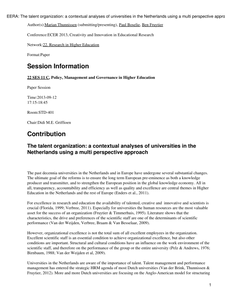This study explores how households interact with smart systems for energy usage, providing insights into the field's trends, themes and evolution through a bibliometric analysis of 547 relevant literature from 2015 to 2025. Our findings discover: (1) Research activity has grown over the past decade, with leading journals recognizing several productive authors. Increased collaboration and interdisciplinary work are expected to expand; (2) Key research hotspots, identified through keyword co-occurrence, with two (exploration and development) stages, highlighting the interplay between technological, economic, environmental, and behavioral factors within the field; (3) Future research should place greater emphasis on understanding how emerging technologies interact with human, with a deeper understanding of users. Beyond the individual perspective, social dimensions also demand investigation. Finally, research should also aim to support policy development. To conclude, this study contributes to a broader perspective of this topic and highlights directions for future research development.
MULTIFILE

The origins of SWOT analysis have been enigmatic, until now. With archival research, interviews with experts and a review of the available literature, this paper reconstructs the original SOFT/SWOT approach, and draws potential implications. During a firm's planning process, all managers are asked to write down 8 to 10 key planning issues faced by their units. Each manager grades, with evidence, these issues as either safeguarding the Satisfactory; opening Opportunities; fixing Faults; or thwarting Threats: hence SOFT (which is later merely relabeled to Strengths, Weaknesses, Opportunities and Threats, or SWOT). Subgroups of managers have several dialogues about these issues with the instruction to include the needs and expectations of all the firm's stakeholders. Their developed resolutions or proposals become input for the executive planning committee to articulate corporate purpose(s) and strategies. SWOT's originator, Robert Franklin Stewart, emphasized the crucial role that creativity plays in the planning process. The SOFT/SWOT approach curbs mere top-down strategy making to the benefit of strategy alignment and implementation; Introducing digital means to parts of SWOT's original participative, long-range planning process, as suggested herein, could boost the effectiveness of organizational strategizing, communication and learning. Archival research into the deployment of SOFT/SWOT in practice is needed.
DOCUMENT

The aim of the paper is a contextual analysis of universities in the Netherlands: an analysis of the key issues and external developments, and how they affect the academic organization, the organization of academic work and the characteristics and preferences of scientists. Subsequently, we will discuss effects of these developments on the HRM system and policy (and in specific the management of talent or excellence). We will use multiple theoretical frameworks and perspectives grounded in organizational theory to describe Dutch universities and their context: structural frame, professional frame, cultural frame and political frame. Most literature discusses one aspect of the academic organization: education or research aspect, HRM aspect, financial aspect et cetera. Seldom the different aspects have been presented as one integrated entity. We want to show that using multiple frames or lenses will lead to an integrated, enriched and more balanced view of a situation.
DOCUMENT
